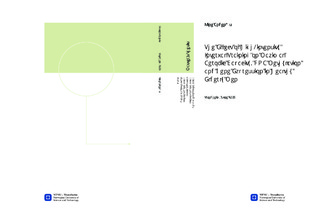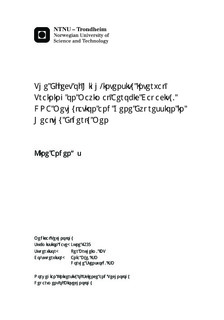| dc.description.abstract | Physical activity is generally beneficial to maintain good health and prevent diseases. Development of some diseases may include epigenetic changes. Epigenetic changes involve alterations to the genome without changing the DNA sequence itself. Different factors have been found to cause epigenetic changes in our DNA, such as age, gender, lifestyle and environment. DNA methylation is an epigenetic change described as the addition of a chemical methyl group (CH3) to the DNA. Ordinarily, DNA methylation is naturally occurring and probably harmless, but sometimes these changes can alter gene expression and trigger diseases. A recent study discovered that exercise could provide an acute reduction in DNA methylation of specific genes, but that the methylation reoccurred with time. In this project we wanted to investigate whether regular high-intensity interval training can change the DNA methylation in a more long-lasting state, and whether these changes affect the gene expression. Our null hypothesis was that no such exercise-induced changes occur. Healthy men (70-75 year old) were randomized into two groups: a control group (n=13) and a high-intensity interval training (HIIT) group (n=13). Testing was performed in both groups at baseline and after eight weeks. The HIIT group performed high-intensity interval training on treadmill three days a week for eight weeks, whereas the control group was instructed to live normally. To test our hypothesis DNA methylation and gene expression were analyzed in muscle tissue from participants. Additionally, specific health factors and possible complications of high-intensity interval training among elderly were investigated.Significant differences was detected between the two groups, where the HIIT group increased their maximal aerobic capacity, reduced their body mass index and waist circumference, while the control group decreased their HDL cholesterol. An inverse relationship were detected between the groups regarding their change in DNA methylation of four specific CpG sites, but the relationships were not proven significant. No significant differences between the groups were observed in changes of gene expression of the CpG sites associated genes MYH1, VDAC2, BNIP3, and COX16. However, the results give reasons to believe that an improvement in VO2max can affect the naturally occurring changes of DNA methylation in our genome. Still, due to study weaknesses, larger and more extensive studies are needed to determine whether high-intensity interval training actually changes DNA methylation, and to find out which consequences these changes have. | nb_NO |

